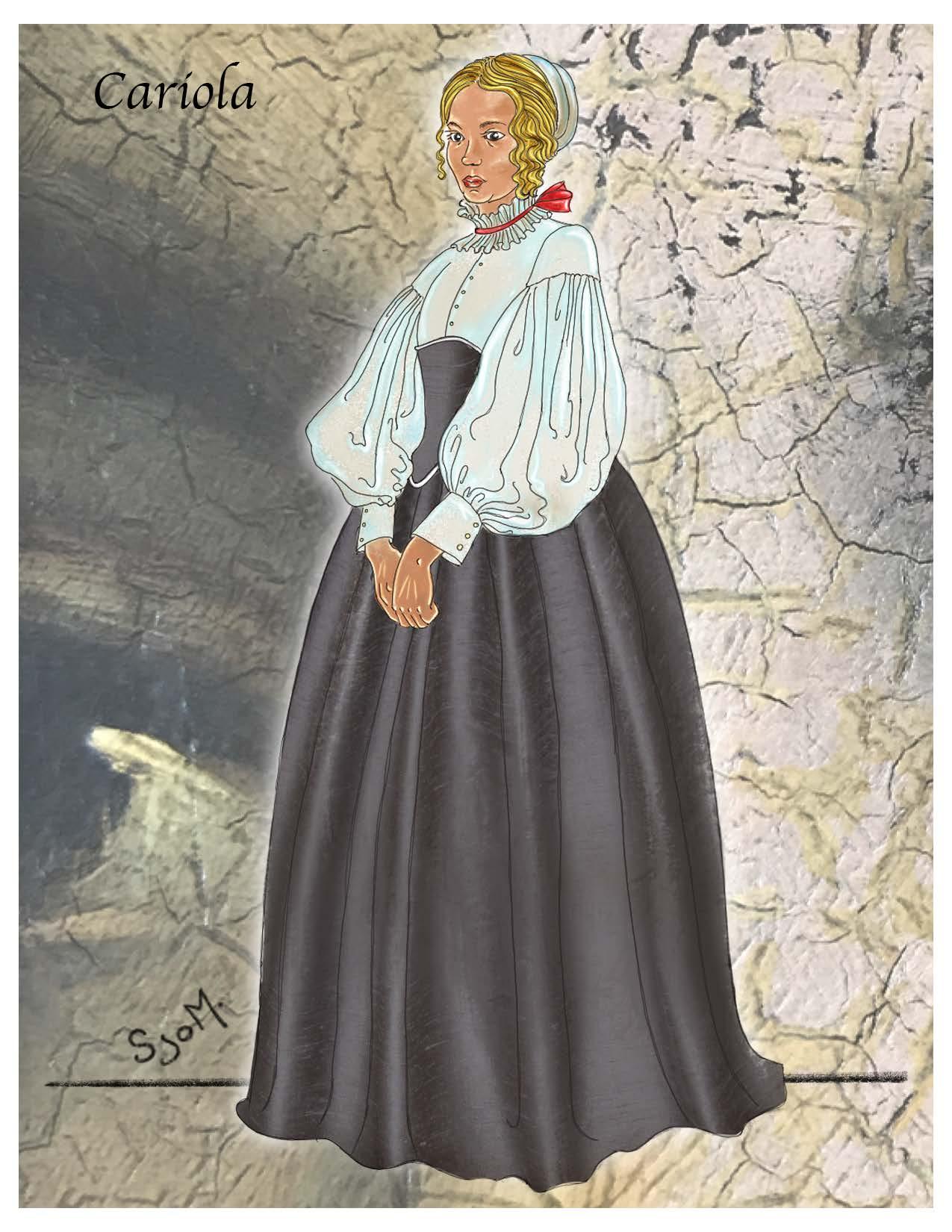The Duchess of Malfi
Content Warning
The play contains descriptions and depictions of mental illness, violence, incest, and the death of children.
Free seating
Free seating in the balcony with WWU student ID at the door
- 2024, Jun 07 Performing Arts Center 282 - Mainstage
- 2024, Jun 08 Performing Arts Center 282 - Mainstage
- 2024, Jun 08 Performing Arts Center 282 - Mainstage
- 2024, Jun 09 Performing Arts Center 282 - Mainstage
- 2024, Jun 09 Performing Arts Center 282 - Mainstage
Disability Accommodations
Equal Opportunity Institution. 24+ hours advance notice is appreciated for accommodations.
- Campus Parking: Parking Services
- Off-Campus location: Contact the venue
- On-Campus ticketed events: Contact the Box Office
- On-Campus events open to all at no cost:
- Music 360-650-3130
- Theatre/Dance 360-650-3876
- Other: CFPA Publicity 360-650-2829, cfpa.publicity@wwu.edu

Directed by Christina Gutierrez-Dennehy
A Jacobean tragedy by John Webster
"The Duchess of Malfi" portrays with terrible vividness one side of the court life of the Italian Renaissance, painting a picture of the fierce quest of pleasure, the recklessness of crime, and the worldliness of the great princes of the Church - illuminating numerous parallels of modern politics and corporate hubris.
Webster loads his scenes with horrors, but the intensity of his dramatic situations, his ability with a single line to light the recesses of the human heart at the crises of supreme emotion, bring Webster's drama above mere sensationalism. At his best, Webster is in the first-rank of dramatists.
"The Duchess of Malfi" was published in 1623, but the date of writing may have been as early as 1611. It is based on a story in Painter's "Palace of Pleasure," translated from the Italian novelist, Bandello; it is reminiscent of, or perhaps even based on actual events.
Of John Webster's life almost nothing is known. The dates 1580-1625 given for his birth and death are conjectural inferences, about which the best that can be said is that no known facts contradict them.
The first notice of Webster so far discovered shows that he was collaborating in the production of plays for the theatrical manager, Henslowe, in 1602, and of such collaboration he seems to have done a considerable amount. Four plays exist which he wrote alone, "The White Devil," "The Duchess of Malfi," "The Devil's Law-Case," and "Appius and Virginia."
Webster's tragedies come toward the close of the great series of tragedies of blood and revenge, in which "The Spanish Tragedy" and "Hamlet" are landmarks.
The Duchess Look 1

Cardinal

Cariola

The Duchess Look 2

Lords & Gentlemen

Julia





